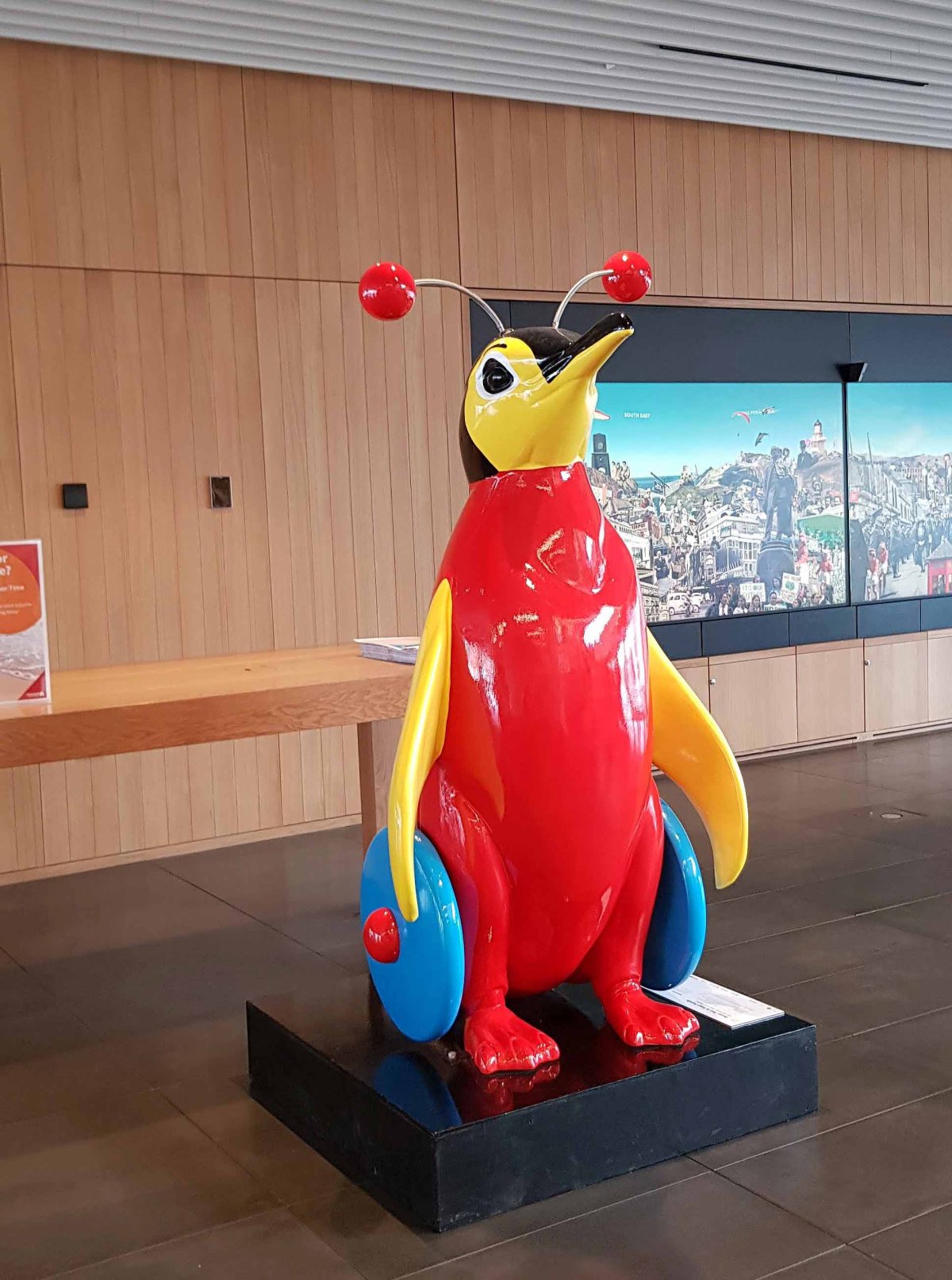 Despite rumours to the contrary, many visitor attractions in Christchurch are open! The International Antarctic Centre, the Tranz-Alpine rail experience, the Air Force Museum, Willowbank Wildlife Reserve, Hassle-free Tours, Tanks for Everything, Horsepower Experience, Christchurch Casino, Ferrymead Heritage Park and Up, Up and Away ballooning adventures and Beadz Unlimited, are just some of the over 26 Christchurch’s tourism attractions in full operation – and these numbers are increasing as I write.
Despite rumours to the contrary, many visitor attractions in Christchurch are open! The International Antarctic Centre, the Tranz-Alpine rail experience, the Air Force Museum, Willowbank Wildlife Reserve, Hassle-free Tours, Tanks for Everything, Horsepower Experience, Christchurch Casino, Ferrymead Heritage Park and Up, Up and Away ballooning adventures and Beadz Unlimited, are just some of the over 26 Christchurch’s tourism attractions in full operation – and these numbers are increasing as I write.
In September and October many more will be back in action: Canterbury Museum, a central-city iSITE Centre, and Christchurch Bike Tours to name a few.
I went to the multi-award-winning International Antarctic Centre to see its new movie experience, ‘Ice Voyage’, a 4D movie that involves an all-round total sensory experience: with seals sneezing on me; ice about to pierce us; and a gull that … well go and see! I loved the young penguins with their fluffy highland cow-like scarves and coats! Despite real snow on the ground, outside, we, the audience, felt part of a real Antarctic storm – sort of like coals to Newcastle! Of course, as usual here, kids of all ages love riding the real Antarctic all-terrain Hagglund vehicle, while I spend ages with the very cute, rescued, penguins in the indoor-outdoor penguin viewing area
Outdoor experiences include visiting Christchurch’s world renown, Botanic Gardens which are open, and with their Caterpillar Garden Tours operating.
Punting on the Avon at the Antigua Boatsheds is a time-old activity for locals and visitors, a leisurely way to see another side of the city – and in cold weather make sure you wrap up with the blankets they offer.
There’s no-where to stay? Well, that’s not true either! Between Christchurch International Airport and the central city there are 11 hotels, 5 lodges and apartments, 109 motels, 15 holiday parks, 15 backpacker lodges and 68 bed & breakfasts in full operation. There should be something to suit every taste. I stayed in the central city at the 5-star Classic Villa, a handy spot to walk to the new Events Village which has sprung up in North Hagley Park ( NZs’ largest urban open space -164.637 hectares) to host performances and events in the city for the next six months.
Set up by Christchurch City Council, with support of the Government, a large inflatable dome is the centrepiece of the village. Two large geodesic domes are also underway for events throughout the year – of course the Rugby World Cup Fanzone will be set in this Events village too. The ever-popular World Buskers Festival will be the last event set in the Events Village, from 19-29 January 2012 and the Ellerslie International Flower Show will be back in Hagley Park in March 2012.

For more information when in Christchurch, a temporary iSITE Visitor Centre is in the foyer of The Chateau on the Park hotel, Deans Avenue, open seven days a week, 8.30am to 5pm.
-43.532054
172.636225
Share this with friends & followers












